Seen for the last few days over the Salmon River: several airborne monstrous creature within a creature things with a seemingly insatiable lust for water? Not just one, but a swarm of them. They strangely showed up about the same time a man-made fire began to burn wildly out of control along the steep bunch grass slopes of the mile deep Salmon River Canyon. They look like a giant dragon-fly as they hover just above the river to suck up enough water to fill their hungry bellies. Then they flit away, spit it all out onto the flames, and return for more water.
For us river runner types whom are often so focused on various craft used to float the river, it is always amusing to see things a bit out of the ordinary show up to use the river for other reasons. Water is sometimes a mater of life and death. Not only life for animal and plant life utterly dependent on it, but also for putting to death, additional threats that can harm them.
Fire is one such threat that is a part of the ecology of landscape, which is a natural factor that often raises havoc with life and scenic wonder. Last week a man-caused fire started near the banks of the Salmon River close to one of our highly used river takeout facilities. Not from boaters, but higher up on an ancient river bar, where a relatively new development, in the typical WUI zone (Wildlife Urban Interface) and electrical power problems sparked the orignal ignition.
The airships, of course, are huge helicopters used to dip water from river to fire. The one evening Barb and I watched the show, there were four helicopters doing less than five-minute turnarounds between fire and water. Sometimes all four ships were lined up behind each other dipping water, with maybe 100 yds between each one. It was amazing that all this activity in and out, up and down, scooping and dumping, and weaving here and there, could be done without collision or mishap. Those pilots are super skilled and like watching an astute oarsman, as they negotiated their way through turbulent air currents. Fun to watch and rarely could a car pass without pulling over to gawk with the rest of about 40-50 curiosity seekers.
As entertaining as the fire show was, it is unfortunately a devastating affair. The sad thing is, more of these man-made catastrophic events are becoming more prevalent these days, due to the human expansion throughout the natural world, as more folks are seeking to get away from crowded conditions and want to move out into more isolated country. Often these natural places turn out to be already occupied by the native flora and fauna, that soon find their bottom line compromised, and often outright eliminated. Biologists call these places the WUI Zone – that is, Wildlife Urban Interface Zone.
Not only do WUI zones reduce habitat and habitat effectiveness ( how significantly the area is used by wildlife) for animals, but secondary effects like fire can add additional reduction of ecological stability and production. Reduced carrying capacity in terms of how many animals a unit of landscape can support is the resultant impact.
Often bear and cougar problems develop around these newly created human cohabitation situations, and so professional fish and wildlife people are called in to eliminate the problem. This normally means, killing the culprit animal that is really only protecting its own turf and acting normal.
We humans tend to forget how such subtle things can often add up to big-time impacts in the long-range. We never see the grass turn to brown, the subtlety happens so incrementally, but it happens all the same. Green morphs into brown by summers end, only it can come back again, unlike displacement that trophy-home subdivisions subtract from the whole. They are not seasonal changes that bring renewal, but depletion that only reduces the lands capabilities for agriculture needs and wildlife homes.
But the fire is still out of control, as of this writing, and rather than grass turning from green to brown, it is brown turning to black. It has been over a week now that this conflagration has been eating up everything in its path. Most of the houses in the area where the fire started were saved, and everyone was safely evacuated. But one local rancher out trying to safe his animals actually observed some of his cattle get gobbled up by the giant flames.
On some days, the canyon is so full of smoke that we can hardly see the other side of the river from our home on the banks of the river in Riggins. The sun is orange behind all this smurkey-ness. Some people, specially the more asthmatic types have difficulty breathing in the particle filled air and many people have red eyes. The fall weather is still hot, with no rain in sight, which is a bit unusual for our typical September. By now, we usually have a rainstorm or two. Did I mention any consternation about “climate change,” which seems to be altering a lot of normalcy around here? That’s another story.

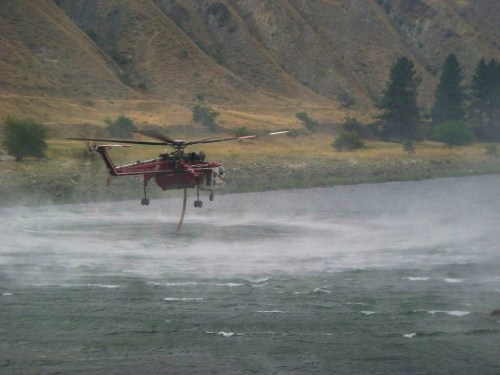
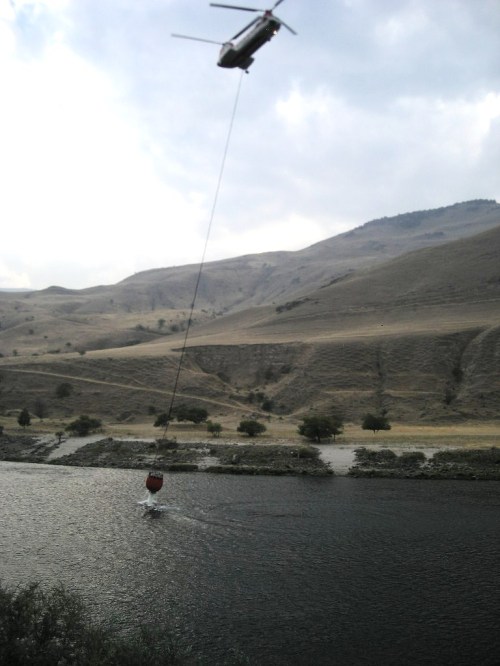
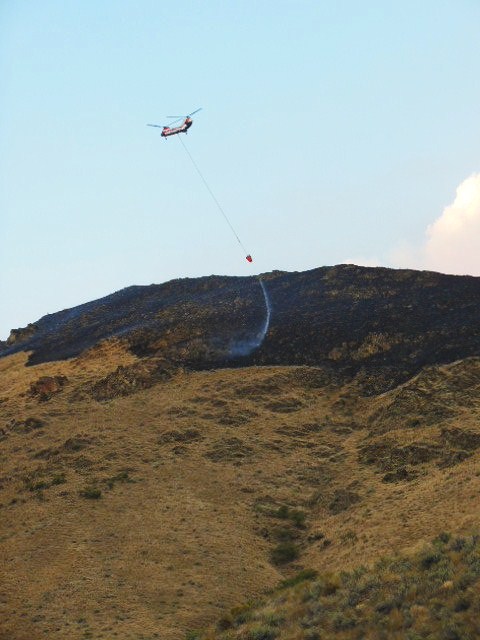

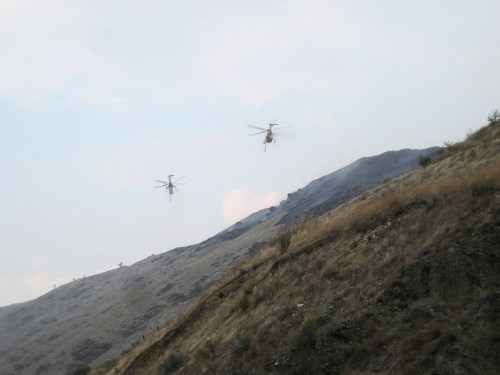
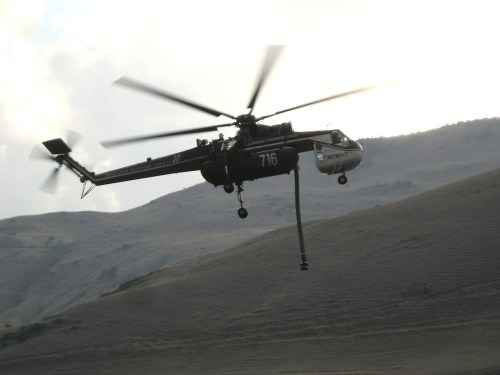
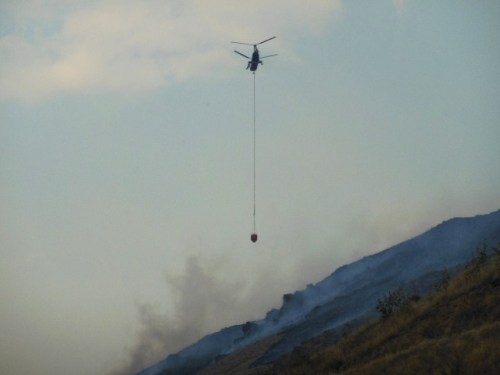


Sep 18, 2012 @ 22:56:35
Thanks for the good info! I hope they get the fire controlled soon without too much damage. Here’s to some good soaking rains!